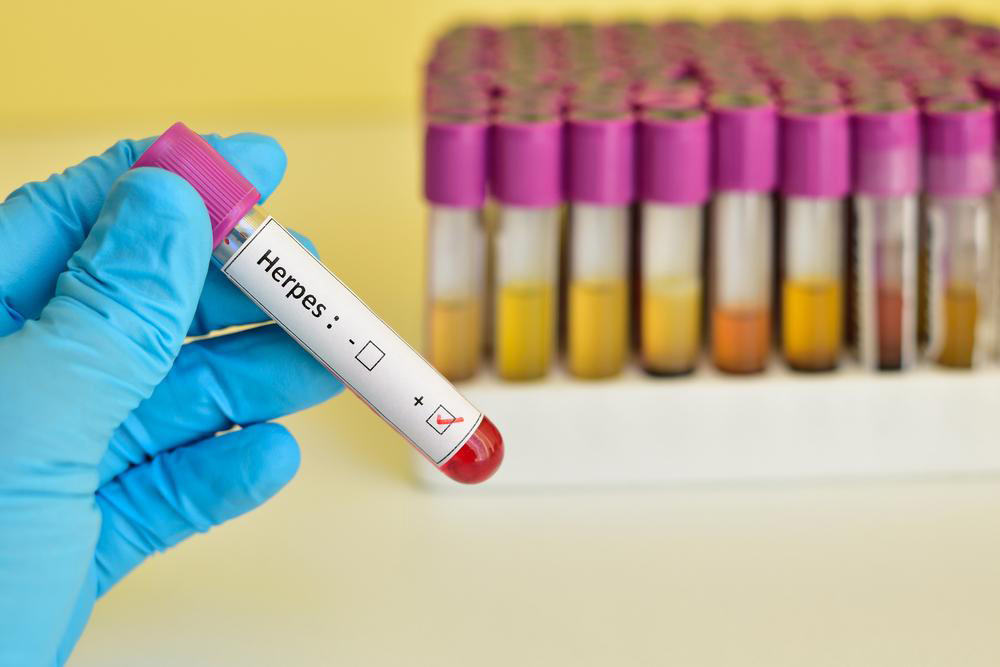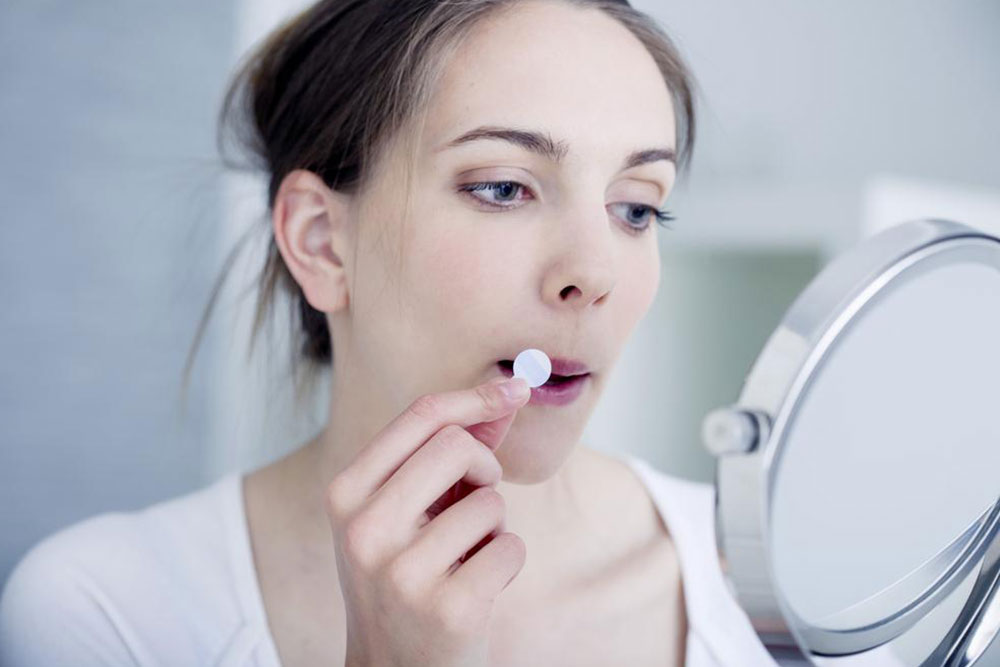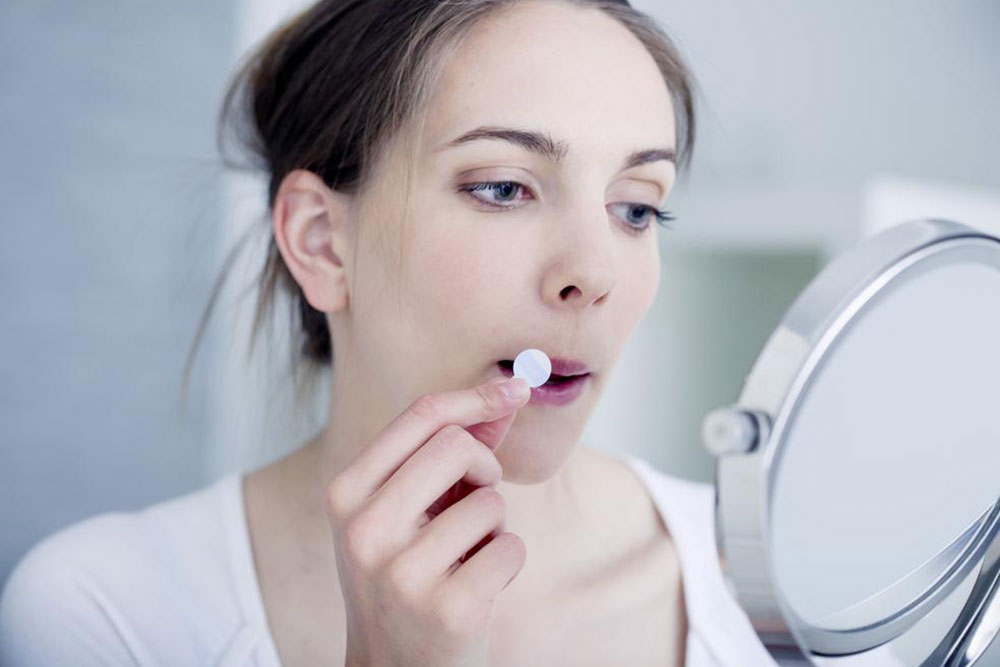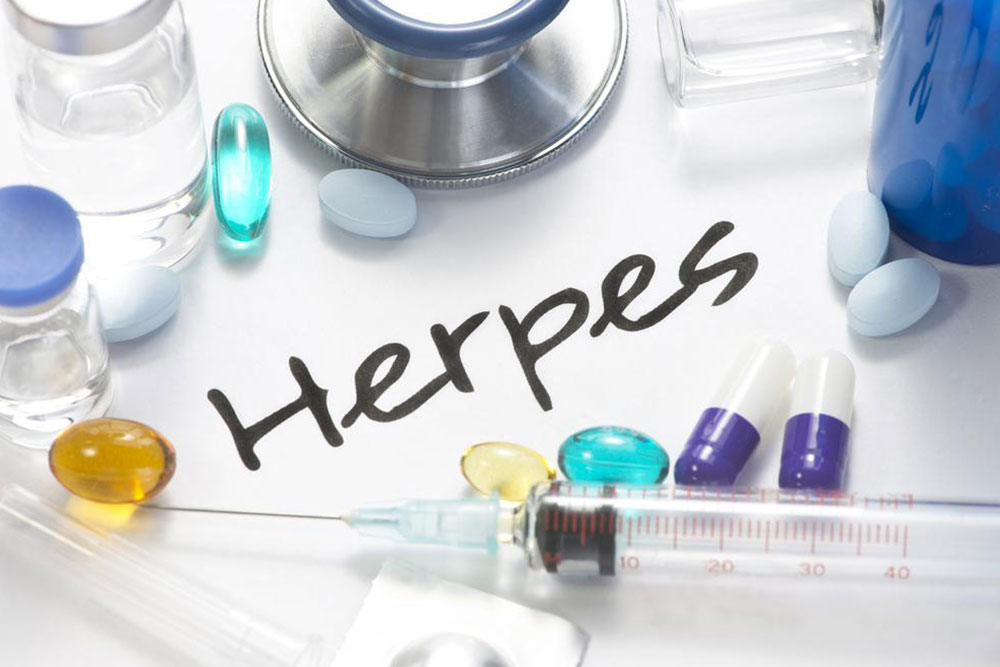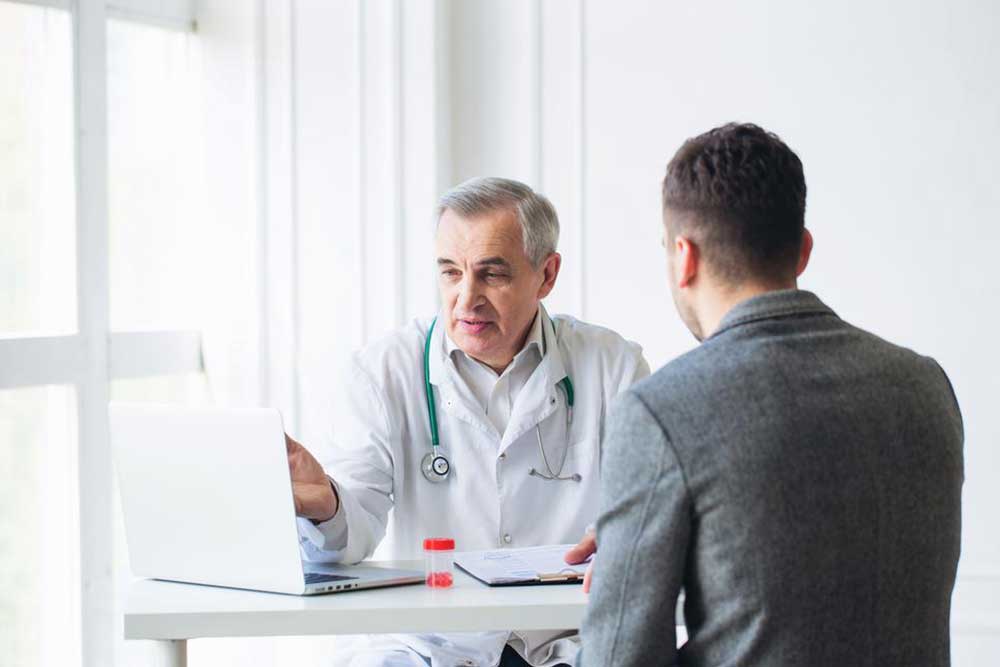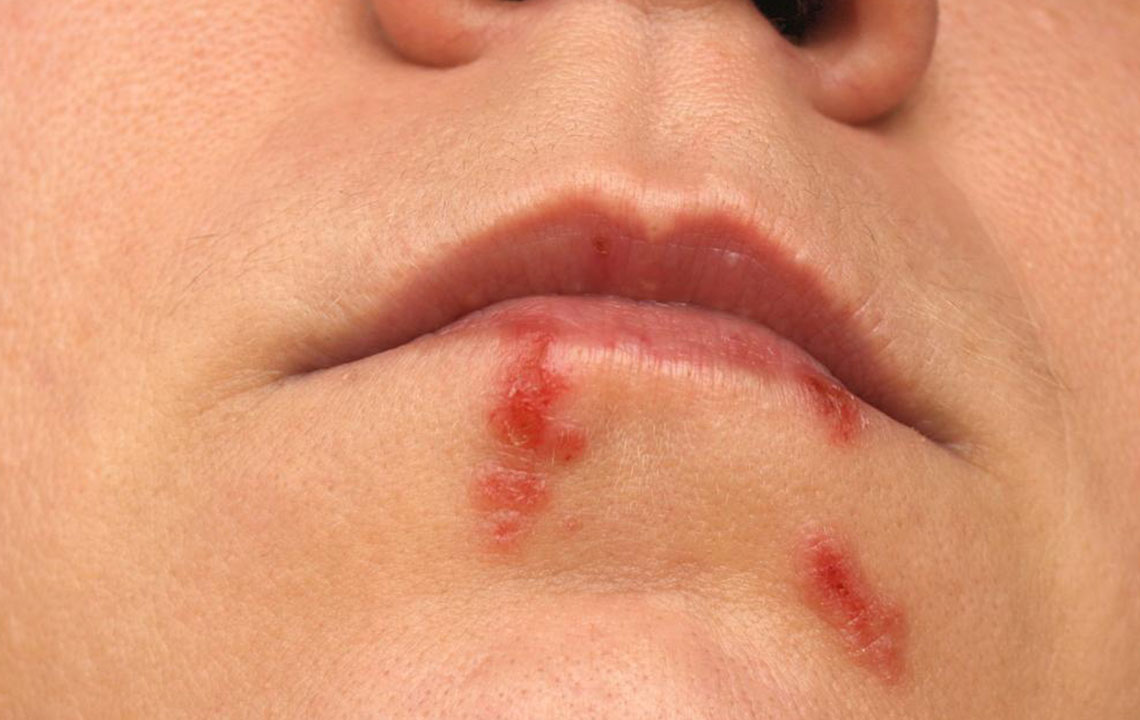Comprehensive Guide to Herpes Labialis: Answers to Common Questions and Fast Relief Strategies
This comprehensive guide provides essential information about herpes labialis, including its causes, symptoms, and fast-acting treatment options. Learn how to recognize cold sores early, identify triggers, and adopt effective remedies to speed healing and reduce discomfort. With insights into both over-the-counter and medical treatments, this article aims to help individuals manage cold sores efficiently and prevent recurrence. Whether you're experiencing an initial outbreak or recurrent episodes, this detailed resource offers practical tips for quick relief and proper care.

Comprehensive Guide to Herpes Labialis: Answers to Common Questions and Fast Relief Strategies
The human immune system is our primary defense against a wide array of pathogens and infections. While it generally keeps us healthy, various factors can weaken immune defenses, making the body vulnerable to infections. Among these, herpes labialis, commonly known as cold sores, is a prevalent condition that can cause significant discomfort, aesthetic concerns, and emotional distress. Understanding the nature of cold sores, their triggers, symptoms, and effective treatment options is crucial for managing this common viral infection effectively.
What are Cold Sores?
Cold sores are small, fluid-filled blisters that typically develop around the lips, mouth, and sometimes the nose. They are also referred to as fever blisters because they often appear when an individual is experiencing systemic symptoms like fever or tiredness. These sores are contagious and can be transmitted through direct contact such as kissing, sharing utensils, or touching the blisters and then touching other parts of the body or other people. The lesions tend to start as tingling or burning sensations before forming into visible blisters, which can be painful and uncomfortable.
The skin around cold sores often appears red, swollen, and raw, indicating inflammation. Repeated touching or irritation of these areas can exacerbate symptoms, leading to increased pain, longer healing times, and an elevated risk of secondary infections. Proper hygiene, avoiding picking at the blisters, and timely treatment are necessary for proper management and faster healing.
What Triggers Cold Sores?
Herpes labialis is caused by the herpes simplex virus (HSV), with HSV-1 being the primary strain responsible for oral outbreaks, while HSV-2 more commonly causes genital herpes. Once the virus infects an individual, it remains dormant in nerve cells and can be reactivated under certain conditions. The virus gains entry into the body through skin cuts, microabrasions, or mucous membranes, making individuals more susceptible during periods of stress or immune suppression. Common triggers include stress, illness, sun exposure, fatigue, hormonal changes, and even certain foods. Despite its contagious nature, understanding these triggers can help in taking preventive steps.
What Symptoms Indicate Cold Sores?
Cold sores are often preceded by prodromal symptoms such as itching, burning, or tingling around the lips, which can occur hours or days before the blisters appear. Once the blisters form, they often cluster and are surrounded by inflammation. Additional systemic symptoms such as fever, sore throat, and swollen lymph nodes in the neck or jaw may accompany the outbreak, especially in first-time infections. Pain around the lips and mouth is common, and the lesions may crust over and heal within two to four weeks. It's important to distinguish cold sores from canker sores, which are internal and not caused by herpes virus, as treatment approaches differ.
What Are Effective One-Day Cold Sore Treatments?
While cold sores tend to resolve naturally over time, various treatments can speed up healing, reduce discomfort, and decrease the likelihood of spreading the virus. Early intervention, particularly during the prodromal stage, can significantly improve outcomes. Here are some effective strategies:
Over-the-counter topical creams like docosanol (Abreva) or benzyl alcohol can help reduce the duration and severity of symptoms when applied promptly at the first sign of tingling.
Prescribed antiviral medications such as acyclovir, valacyclovir, or famciclovir are highly effective in reducing outbreak severity, duration, and pain. These are most effective when started early, during the tingling or prodromal phase.
Supplementing with immune-boosting vitamins like vitamin C and taking zinc oxide topical creams can support better healing and lessen symptoms.
Applying cold compresses or ice packs to the affected area can alleviate pain, reduce swelling, and speed up the healing process.
Avoiding irritating factors, maintaining good hygiene, and keeping the lesion clean and dry are essential elementary steps to prevent secondary bacterial infections.
In addition to conventional treatments, various home remedies such as tea tree oil, aloe vera gel, and lysine supplements have been reported to provide relief and support faster recovery, although scientific evidence varies. It is advisable to consult with healthcare professionals for personalized treatment approaches, especially for frequent or severe outbreaks.
